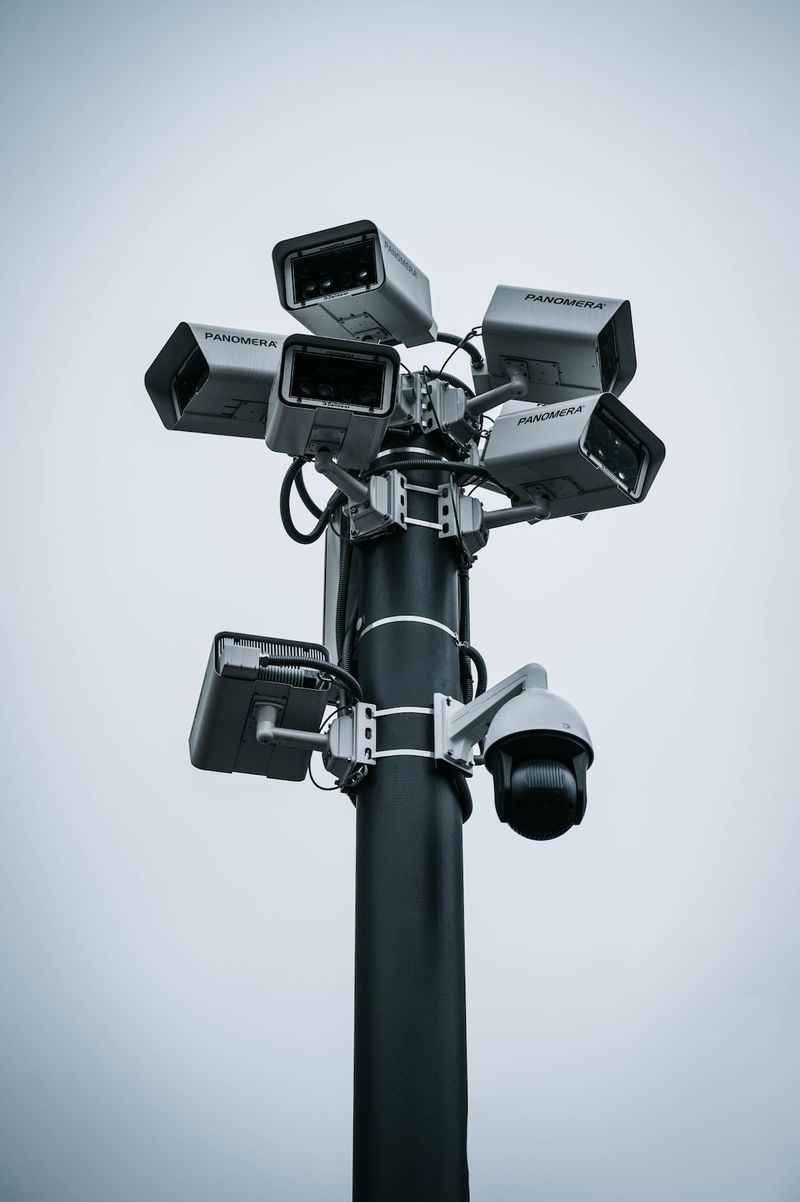Siemens and Schneider Electric Address Vulnerabilities in Industrial Control Systems
Siemens‘ Patch Tuesday Advisories
Siemens has recently released a dozen advisories detailing more than 40 vulnerabilities affecting their industrial control system (ICS) products. One of the notable vulnerabilities affects Siemens‘ Ruggedcom APE1808 industrial application hosting platform, which is designed for running third-party software in harsh, mission-critical environments. These vulnerabilities exist in a product developed by Nozomi Networks, an industrial and IoT cybersecurity firm. Nozomi Networks has already patched the vulnerabilities in its Guardian product through the release of version 22.6.2.
The vulnerabilities in the Siemens Ruggedcom product can be exploited to obtain information, execute arbitrary JavaScript code, hijack user sessions, and cause a denial-of-service (DoS) condition. However, it is important to note that all of these vulnerabilities require authentication and some even require elevated privileges for exploitation. While two of the vulnerabilities have been assigned a “high” severity rating, the remaining vulnerabilities are classified as “medium” or “low” risk by Nozomi Networks for its customers.
Siemens is actively working on developing patches for its Ruggedcom product. In the meantime, the company has provided workarounds and mitigations that users can implement to prevent exploitation. It is crucial for Siemens customers to be aware of these vulnerabilities and take the necessary steps to protect their systems.
Schneider Electric’s Patch Tuesday Advisories
Schneider Electric has also released advisories addressing vulnerabilities in its ICS products. The company has identified three critical vulnerabilities, two of which impact the SpaceLogic C-Bus Toolkit. These vulnerabilities can be exploited for remote code execution when the transfer command is used over the network and for tampering with files on the PC running C-Bus when the file command is used.
The third critical vulnerability affects Schneider Electric’s EcoStruxure Power Monitoring Expert (PME) and EcoStruxure Power Operation products. This vulnerability can be exploited for code execution by sending a specially crafted packet to the application.
These advisories serve as a reminder for Schneider Electric customers to promptly apply the available patches to mitigate the risks associated with these vulnerabilities.
Importance of Internet Security for Industrial Control Systems
The recent vulnerabilities discovered in Siemens and Schneider Electric’s ICS products highlight the ongoing challenges posed by cybersecurity threats in critical infrastructure sectors. The consequences of these vulnerabilities being exploited can be severe, with the potential for unauthorized access, disruption of operations, and even physical damage to industrial systems.
Maintaining robust internet security practices is essential to protect ICS devices and networks from potential threats. This includes regular patching and updating of software, implementing strong access controls and authentication mechanisms, conducting comprehensive risk assessments, and promoting a culture of security awareness among employees and stakeholders.
Philosophical Discussion: Balancing Security and Reliability in ICS
The vulnerabilities discovered in Siemens and Schneider Electric’s ICS products raise important questions about the trade-off between security and reliability in critical infrastructure systems. Industrial control systems are designed to prioritize operational efficiency and reliability, often at the expense of security. This approach has worked well in the past, but with the increasing interconnectivity of these systems and the growing sophistication of cyber threats, the need for robust security measures becomes paramount.
There is an inherent tension between security and reliability in ICS. Strict security measures, such as regular patching and access controls, can introduce potential vulnerabilities and disrupt system operations. On the other hand, prioritizing reliability over security can leave critical infrastructure systems susceptible to cyber attacks.
Finding the right balance between security and reliability is a complex task that requires collaboration between manufacturers, operators, and regulators. It involves weighing the risks posed by potential cyber threats against the potential disruptions caused by security measures. It is important for all stakeholders to recognize the evolving threat landscape and the need to continuously adapt and improve security measures in order to protect critical infrastructure systems.
Editorial: Strengthening Cybersecurity in Critical Infrastructure
The vulnerabilities discovered in Siemens and Schneider Electric’s ICS products serve as a wake-up call for the critical infrastructure sector. The cybersecurity of industrial control systems should be a top priority, given the potential consequences of successful cyber attacks. It is essential for manufacturers, operators, and regulators to work together to strengthen cybersecurity measures and build resilience in critical infrastructure sectors.
Manufacturers must take responsibility for designing and developing secure ICS products. This includes implementing secure coding practices, conducting robust vulnerability testing, and promptly releasing patches and updates to address any identified vulnerabilities. It is also crucial for manufacturers to provide clear and comprehensive guidance on security best practices for their customers.
Operators of critical infrastructure systems must prioritize cybersecurity and implement strong security practices within their organizations. This includes regularly updating and patching their systems, monitoring for potential intrusions, and conducting thorough risk assessments. Additionally, operators should invest in staff training and education to promote a culture of security awareness.
Regulators have a crucial role to play in establishing clear cybersecurity standards and regulations for the critical infrastructure sector. These regulations should require manufacturers to adhere to specific security standards and practices, and operators to implement robust security measures. Regulators should also incentivize the adoption of advanced security technologies, such as threat intelligence sharing and anomaly detection systems.
Advice for ICS Users
For users of Siemens and Schneider Electric’s ICS products, it is essential to take immediate action to protect their systems. This includes:
1. Promptly applying any available patches and updates provided by the manufacturers.
2. Implementing strong access controls and authentication mechanisms to prevent unauthorized access to ICS devices and networks.
3. Regularly monitoring systems for potential intrusions or suspicious activities.
4. Conducting comprehensive risk assessments to identify potential vulnerabilities and develop appropriate mitigation strategies.
5. Investing in staff training and education to promote a culture of security awareness.
6. Staying informed about the latest cybersecurity threats and industry best practices through reputable sources and professional networks.
By following these recommendations and taking proactive steps to strengthen cybersecurity, users can minimize the risk of cyber attacks and protect critical infrastructure systems. It is important to remember that cybersecurity is an ongoing effort and must be continuously reviewed and enhanced to mitigate the evolving threats in the digital landscape.

<< photo by Milan Malkomes >>
The image is for illustrative purposes only and does not depict the actual situation.
You might want to read !
- ICS Patch Tuesday: Examining the Security Vulnerabilities Impacting Siemens Ruggedcom Devices
- Ensuring Food Security in the Age of Cyber Threats
- The Growing Threat: Safeguarding the Food Pipeline from Cyberattacks
- “Microsoft’s Patch Tuesday: A Challenging Battle Against Zero-Days and a Wormable Bug”
- The Critical Importance of Microsoft Patch Tuesday: Combating 74 CVEs with 2 “Exploit Detected” Advisories
- The Risk of Unpatched Vulnerabilities in SEL Power System Management Products
- The Rising Tide of Cybersecurity Investment: Examining the Rebound, Cloud Threats, and the BeyondTrust Vulnerability
- Bridging the Talent Gap: Unleashing Cybersecurity Potential in America
- The Vulnerable Backbone: Cyber Threats to Critical Infrastructure Devices
- Critical CodeMeter Vulnerability Shakes Siemens: A Deep Dive into the ICS Patch Tuesday
- The Rise of XWorm and Remcos RAT: A Lethal Threat to Critical Infrastructure
- Supply Chain Vulnerabilities: Unveiling the New Linux OS Exploit
- Exploring Vulnerabilities: Adobe Commerce and Photoshop Face Code Execution Flaws




